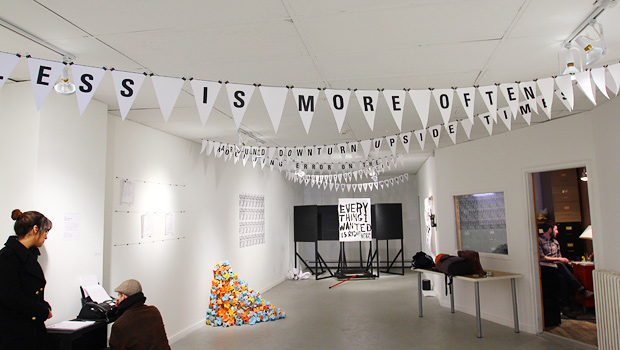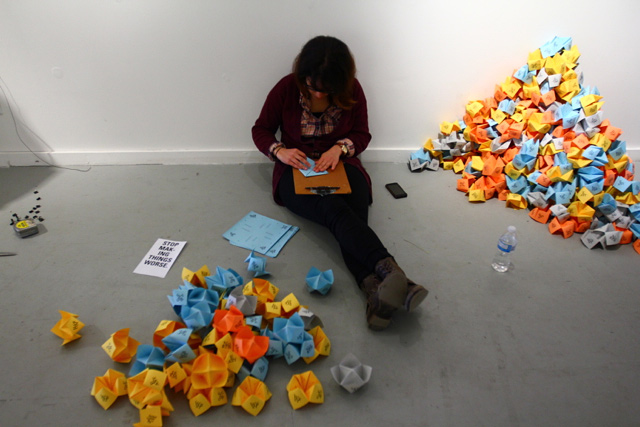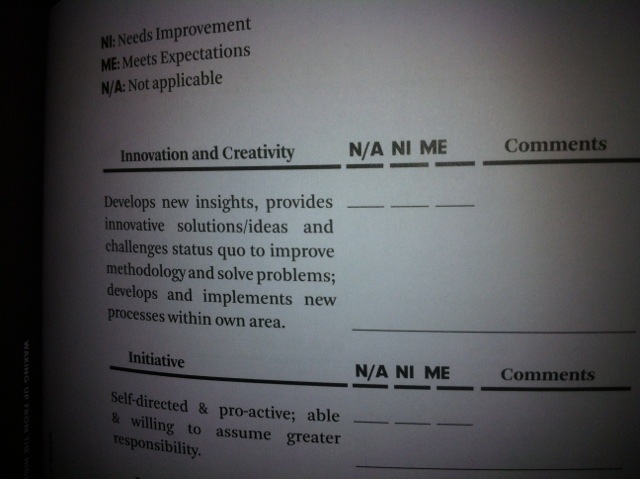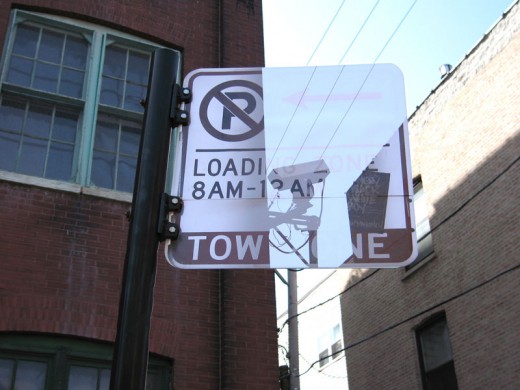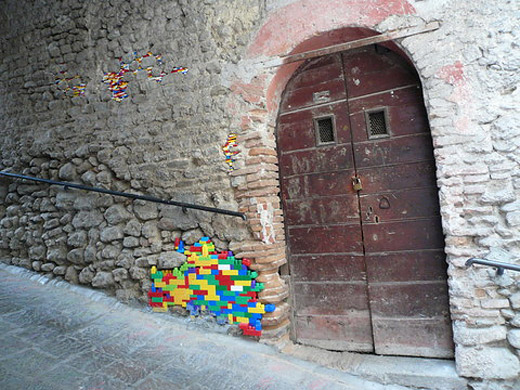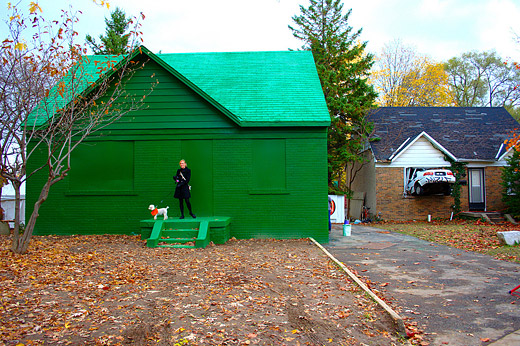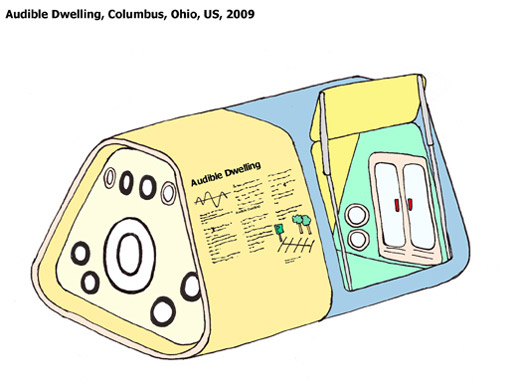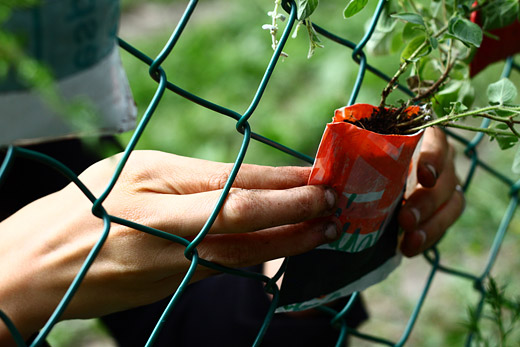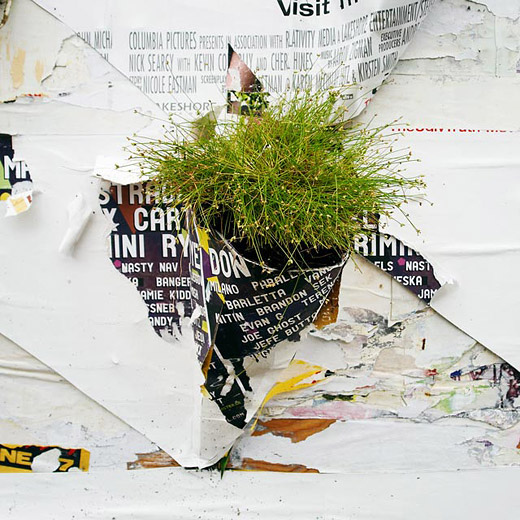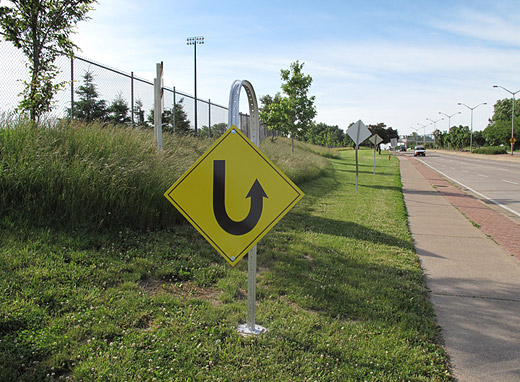Just back from an incredible week installing at Eye Level Gallery for our show, Unrest Everywhere (tools for playing with Halifax), which runs until May 12, 2012. The show features a number of multiples and interactive works, all of which are yours for the taking and borrowing.
The premise for the show was to create a series of works that could directly or indirectly suggest access points for re-encountering the city and your role within it. We created works that aimed to be highly distributable, playful, and allowed a bit of critical commentary on the ways in which a sense of place comes to be planned, articulated, and established.
Below is a huge pile of documentation of the process — but first — we’d like to extend a huge thanks to all staff and volunteers at Eye Level, especially Michael and Matt, and to Emily and Kaley for the place to crash!
Continue reading “New Exhibition: Unrest Everywhere (Tools for Playing with Halifax)”
